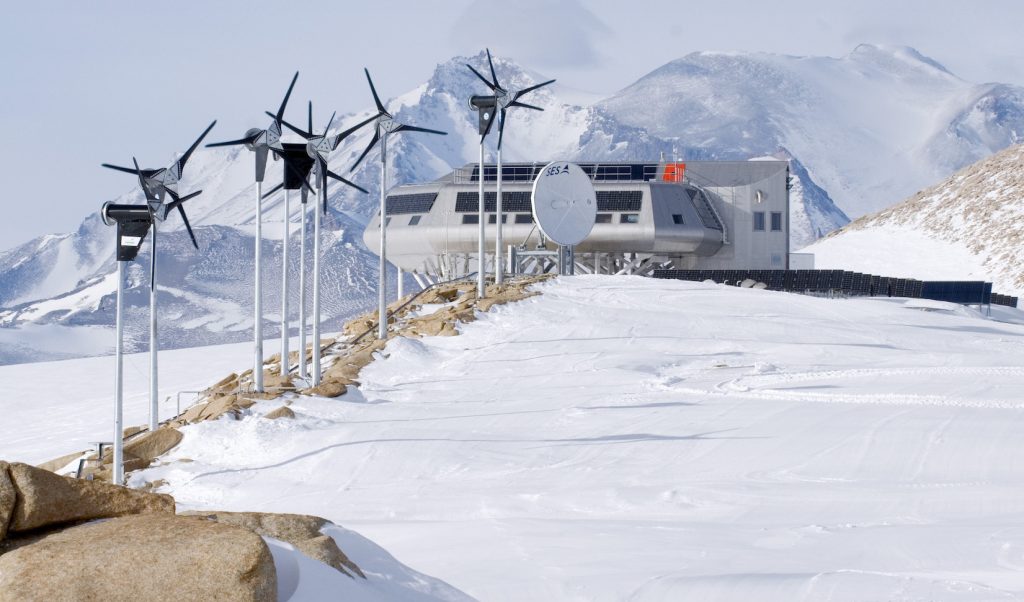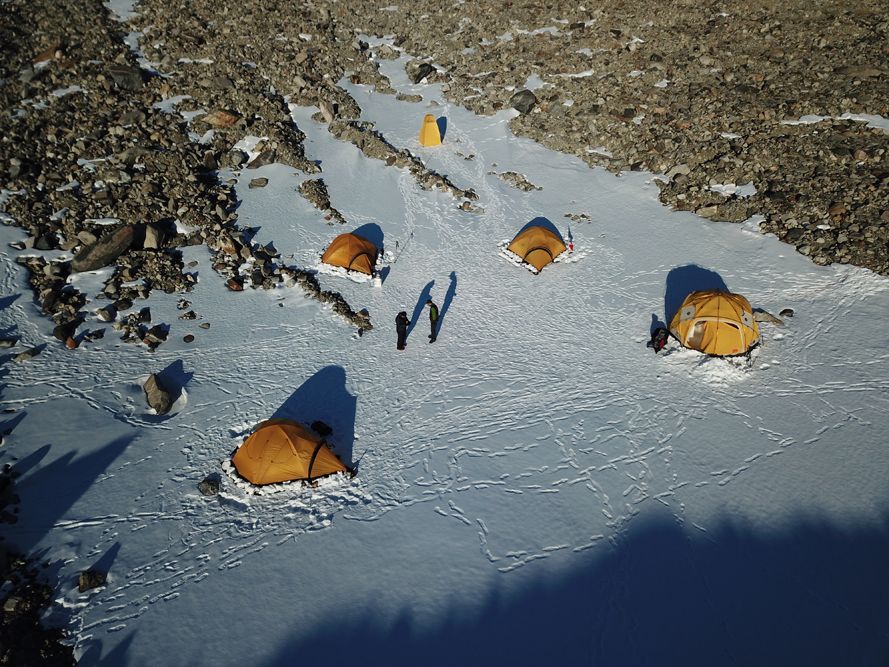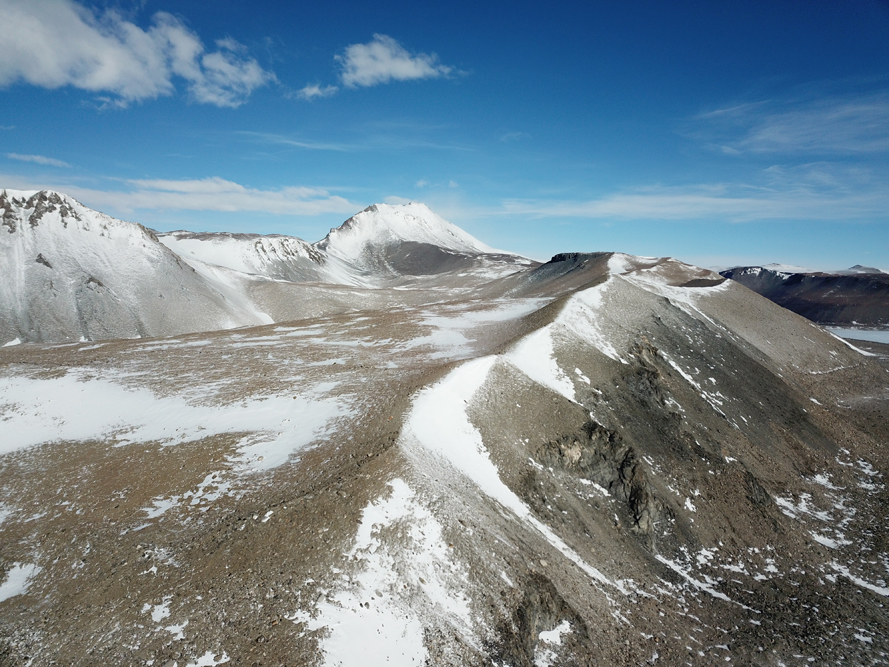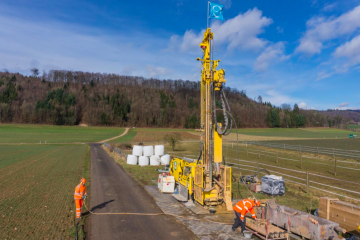DEAIS: Deglaciation history of the Eastern Antarctic Ice Sheet
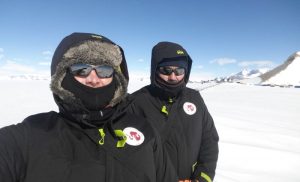
Naki Akçar and Serdar Yeşilyurt in Antarctica
Our researchers Naki Akçar and Serdar Yeşilyurt started their research expedition in Antarctica. They just arrived and sent their first impressions.
The recent and rapid decay of some parts of the Antarctic Ice Sheet has provoked questions about the rate of this environmental change and on future global sea level rise induced by this change. The existing data on the response of the Antarctic Ice Sheet to this change is mainly limited to satellite measurements with short time scales, i.e. a few decades or less.
The understanding of the long-term behaviour of the Antarctic Ice Sheet requires input data from paleo studies over longer time periods, so as to assess its future behaviour and consequent future sea-level rise. For instance, dramatic surface lowering of East Antarctic Ice Sheet (EAIS) during the last million years have been recently reported in several publications. However, the spatial distribution of this unloading and subsequent isostatic rebound remain unexplored.
In this study, we will decipher the pace of deglaciation of the EAIS in the Sør Rondane Mountains in the Queen Maud Land. To do this, we will participate the BELARE 2017-2018 Expedition and be based at the Belgian Princess Elisabeth Station (PEA). We will focus on the Nunatacks around the PEA: Mount Widerøe, Mount Nils Larsen and Perlabandet in the western Sør Rondane Mountains, which are located within 50 km flight distance. We will collect and analyse rock samples from the glacial deposits and glacially abraded bedrock in these target areas. This expedition is financed by the Polar Research Center at the Istanbul Technical University (Turkey).
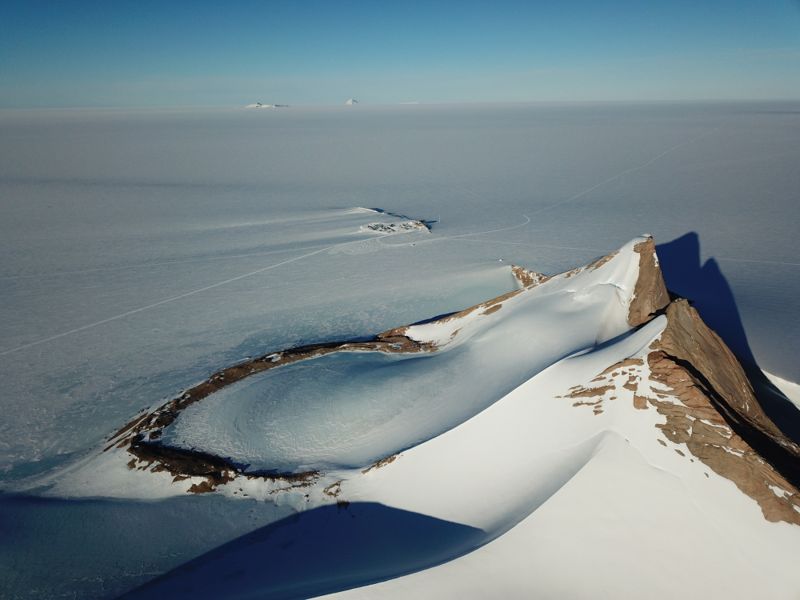
Antarctica
